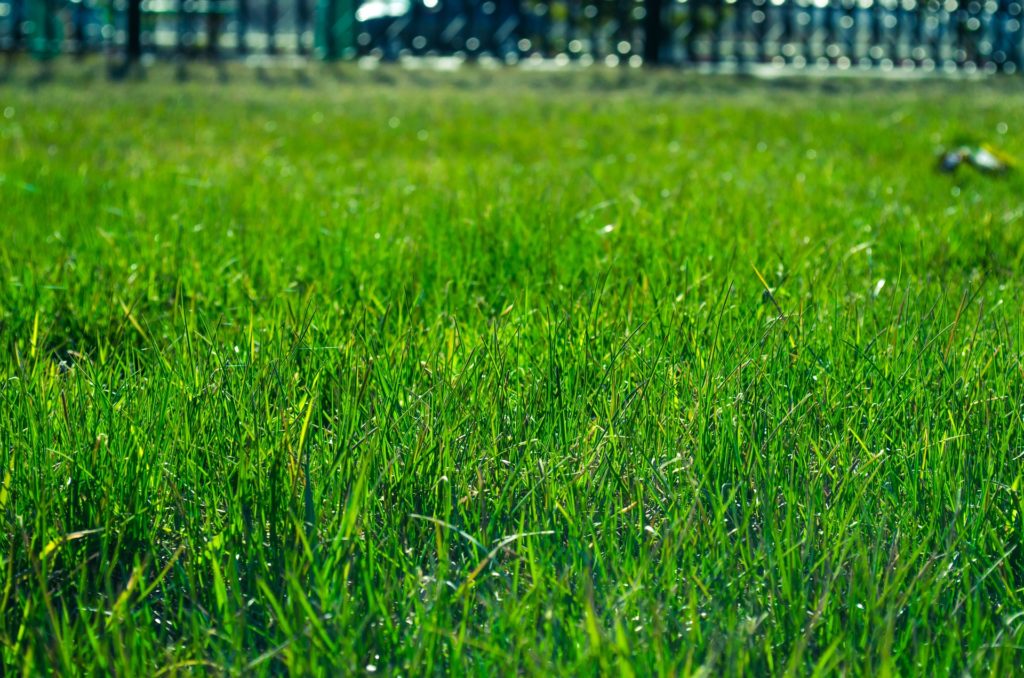If you are a gardening enthusiast or someone who has a lawn in their house you must be familiar with the term sod-cutter. However, if you just moved into a house that has a lawn and you intend to make good use of it then it is essential that you know all about sod and sod cutters.
However, if you just moved into a house that has a lawn and you intend to make good use of it then it is essential that you know all about sod and sod cutters.
What is Sod?

Sod is like a carpet of grass that is laid out on the lawn which eventually becomes a part of the earth where it is laid on. The sod is used by people who live in areas where seeds could blow away without growing into grass or they want to get their lawn ready to be used quickly. The sod has to be placed directly onto a layer of soil. The removed sod can be folded up and given to someone else.
What is the role of sod-cutter?

Before the new sod is placed onto the lawn the previous sod needs to be removed completely and thoroughly. The previous grass was well sown into the ground hence removing it can be a hassle. This is where the sod-cutter comes into play. It will help you remove the grass and also the extra layer of dirt. So that when the new sod is laid down it is leveled at all places. The sod cutter can also be used to removed sod or overgrown weeds off pathways, make the ground clear to sow flowerbeds or new plants, and lastly to clear the ground for installing a new fountain or making a pound.
Things to consider whilst choosing a cutter

- There are different sizes of cutters. The size of the sod cutter you use will be dependent on the type of job you’re looking to get done. For instance, for small patches of lawns, you can use manual cutters. Meanwhile for a bigger lawn or if your lawn has turns and indentations you will need the automated walk behind sod cutters.
- The size of your lawn will also determine if you need a manual or automated cutter.
- The manual cutter is eco-friendly and the automated are gas or diesel-powered.
- If your lawn is heavily weeded or you’re working on a lawn that has been abandoned for a long time you will need an automated cutter.
- Will you need to maneuver the cutter while removing the sod or not? Walk-behind sod cutters are easy to maneuver while manual sod cutters are good for square/rectangle shaped lawns.
- The width of the cutter will depend on the size of the lawn.
- The maintenance cost, the automated sod cutter will be slightly more expensive than the manual sod cutters.
- You would like to rent or buy the sod cutter. It depends on how often you would be using the sod cutter.
Types of Sod Cutter
Meanwhile, you can use a shovel to remove the previous sod as your grandfather did but it would be quite the back-ache job.
Why not make things simple for yourself?
Here are four types of Sod cutters
1. A square edge sod cutter
This square edge sod cutter is the most basic. It looks like a shovel but the difference is that it has a shorter handle and has a square shape. It is perfect for you if you have a small lawn and you’re aiming to define edges of your lawn. The manual sod cutter is easy to operate, for instance put the sod cutter in the sod at a particular angle. Once it is in then simply pulls it upwards and out.
Pro tip: We suggest that you water the lawn the day before so that soil loosens things and it becomes easy to work on the grass removal.
The manual sod cutter is noise-less, does not use gas or diesel, and no maintenance of the engine.
Although, we must warn you! Working with this tool on big lawns can be hard and time-consuming. The only downside to this type of sod cutter is that it won’t give you a leveled lawn – you will have to do it after the removal.
2. Kick Sod Cutter
This sod cutter is also manual. It has two long handles and in between them is crossbar. The blades work in roller motion. You can also alter the level of the cutters according to your requirements.
The sod cutter will simply work as you kick the crossbar across the ground. This cutter is used to remove long strips that can be rolled up once removed.
3. Automated sod cutters
The automated sod cutters are used in the farming industry. The farmers use the gas-powered automated sod cutters to remove the previous ones with as little turf damage as possible. They’re not to be used by homeowners who have lawns.
4. Walk-behind cutters
These cutters are smaller than the automated ones and also easier to use than the straight edge cutter. The walk-behind sod-cutters are often expensive hence there is the option of renting the equipment you would need. That would be once in a year.
They can go three inches beneath the surface. Hence these sod cutters will help you in removing not only the grass but also the roots, weed, and unwelcome vegetation on your lawn. The best thing about these sod cutters is that they are easy to move around; hence you can cut in curves and delineations you desire. The maneuvering power comes in handy when the sod cutter is used in a modern house garden which has cemented blocks or designs
If you are having trouble fixing a broken item, you are probably not using Bondic Plastic Welder. Adhesives are okay at their job, but they cannot help you in a way Bondic is able to. It is a super viable option that gives you total control over mending, fixing, filling, and repairing any broken item. A one-stop-shop for all your fixing needs, Bondic provides you with a quick, reliable, and easy way to repair broken items. A must have in every toolkit, it is incredibly practical and allows for a clean and strong fix.
The work efficiently and also saves you a lot of time and labor.
Operating the sod-cutter and preparing the ground for it
Before you just in with the sod-cutter on your lawn, here are a few things you need to do.
I. Moistening the lawn
It is essential that for a few days ahead of removal you water your lawn daily. The water will create a soft soil. A too dry to too moist soil will make cutting and removal difficult. Hence the previous sod will crumble or clump after falling from the roots. The balanced soil will make it easy to remove the sod and help keep the turf in level.
II. Trimming
If your grass is overgrown have weeds or unintended vegetation. Then before sodding, you have to trip your grass and remove as much of these things as you can. The shorter and cleaner the grass the easier it will be to remove it safely in sections.
III. Markings
If you plan to only remove grass of a certain area then marks the area and measures it correctly. To make markings you can use chalk or marking formula (used in sports fields).
IV. Do removals following a pattern
Make marks on the field; you start by pressing the sod cutter into the turf on one side of the lawn and walk to the other edge of the lawn with the sod cutter. Also, overlap the edge of your sod cutter so that you don’t leave or miss any extra strips of grass. Do this until your whole lawn is done.
V. Small sections are good
While it may be easy to remove all the grass in one go by using the walk-behind sod cutter. We suggest that you do it in small portions. Reason being that you would have to lift and move the sod to another place. Hence the smaller section will be easy to handle. Also cutting all the grass at once may dry out your grass’s whole root system.
VI. Keep the removed sod alive
You don’t have to throw out the removed soil you can give them to a friend; the neighbor and you can even sell them (if they’re in a good condition). However, to make them useable it is essential to keep them alive. You can do that by stacking up against each pile of soil on the other one. Also, you have to water the removed strips by water spray from time to time.
VII. Protection
Before you start cutting grass using the cutter you should have your protective glasses on. The grass and soil tend to fly in every direction being cut. Hence, it is to prevent the particles from going in your eyes. The make sure there are no pets or kids around when you start the project. The sod-cutters are sharp hence it would be a good idea to wear protective shoes when you’re doing the job.
Conclusion
Once you have removed the sod with the help of sod cutters you need to place the new sod within 48 hours. You can get the new sods from a nursery in your area. The price of the sod will be dependent on the type of sod you buy or is available. If you install the sod yourself you will save labor cost However, the job can be rather tedious and time-consuming.
You would be doing landscaping once in a year at best; hence we suggest hiring professional sod-cutters instead of doing it yourself.

